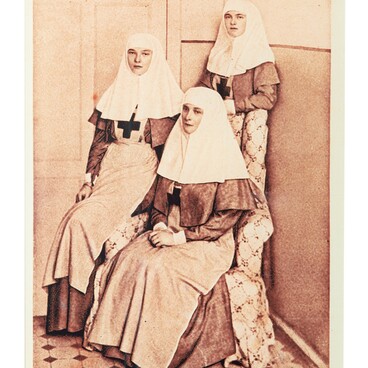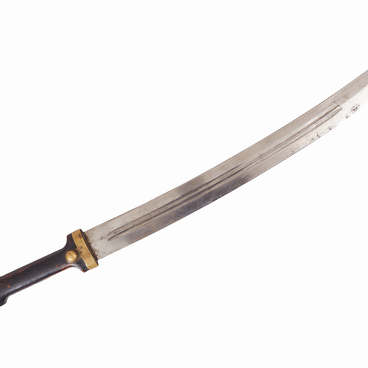Infantry and cavalry regiments were supposed to carry a certain number of entrenching tools, that is, small shovels, small axes and small pick axes. Ahead of World War I, each infantry company was to have 140 small shovels and each cavalry squadron — 20. In infantry units, the shovel was carried in a case on the belt (in the guards — on the left, and in army units — on the right). In the cavalry, it was tied on the right side of the saddle over a greatcoat, and when on foot, it was worn on a waist belt on the left side, behind the saber.
The small shovel had a slightly curved blade, a socket, a wooden handle and two through rivets. All parts of the shovel were made of the best sheet steel. The socket was made seamless. Spade handles were made of good dry birch, elm or ash. They were oiled and branded with the year of manufacture. The metal parts of the tools were allowed to be varnished or covered with lard or oil. The shovels were to be painted every three years. All metal parts of the shovel were coated with English asphalt varnish of the highest quality to protect against rust.
Shovels were produced at many factories. The shovel from the collection of the Tsarskoe Selo State Museum and Heritage Site has inscriptions “Greaves”, “1915” and a double-headed eagle on the blade. The marking “1915” indicates the year of manufacture, and “Greaves” — the manufacturer. It was made at the plant of the Joint Stock Company “John Greaves and Co.” John Greaves was an English citizen who founded this company. The plant was located in Berdyansk and produced various agricultural machines and tools. In 1896, at the All-Russian Exhibition, the plant was awarded the right to print the state emblem on its products. Hence, the shovel features the brand.
With the outbreak of World War I, the plant switched to the production of entrenching tools, as well as hand grenades. High-quality English steel was used for the shovels. That is why the displayed shovel survived more than one war and has been well preserved. During World War I, when positional warfare with its numerous trenches and fortifications began, the advantages and disadvantages of the small entrenching shovel became clear.
The First World War shovels saw several wars: the
Russian Civil War, the Winter War and the Great Patriotic War. The traces of
protective paint that are still visible on the exhibited item prove that it was
used in the units of the Workers’ and Peasants’ Red Army.


